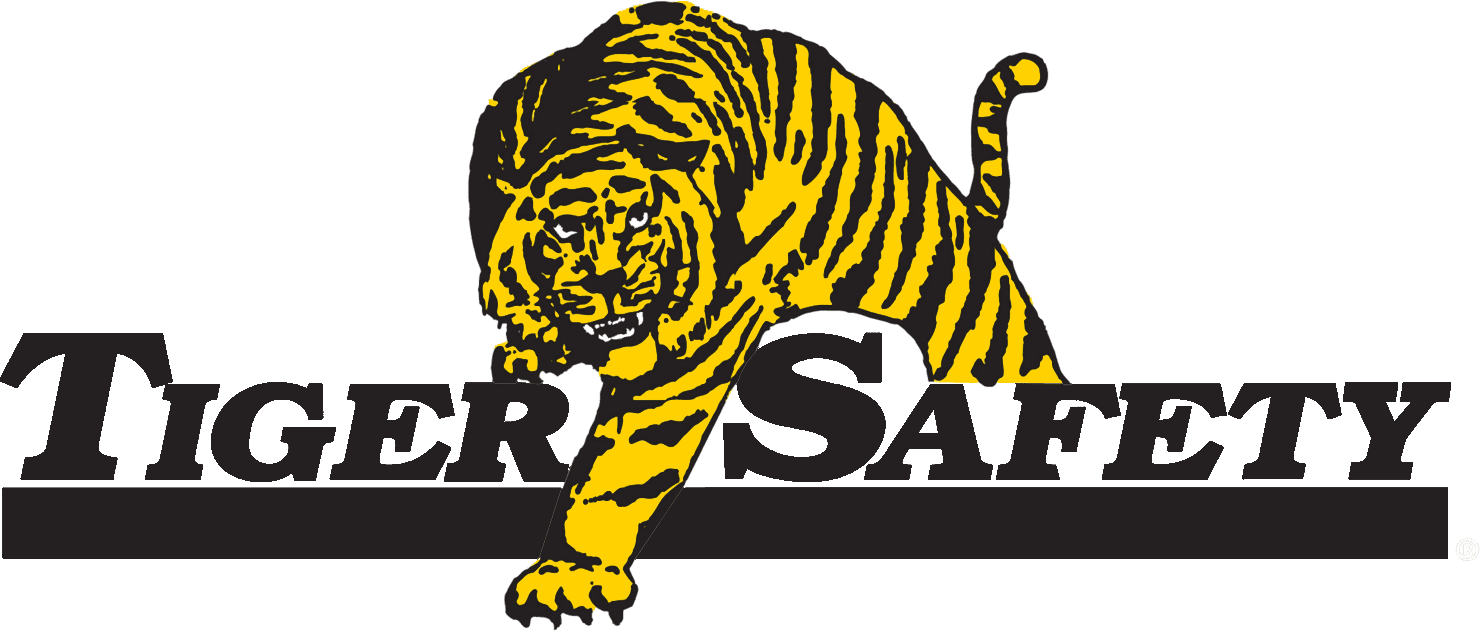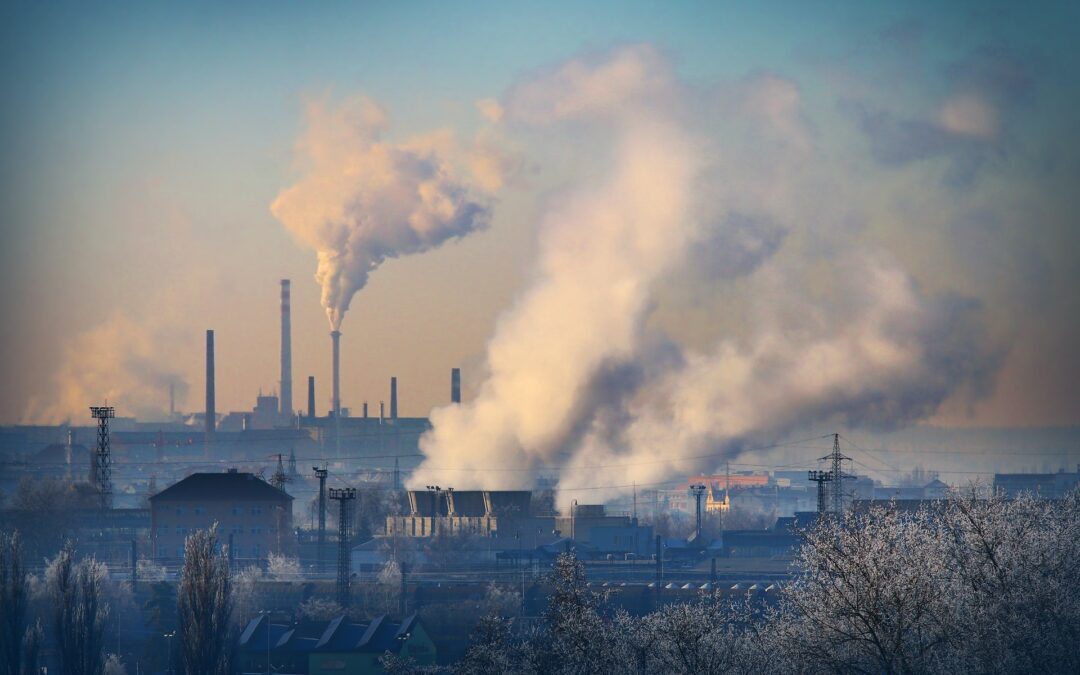Fire protection is critical to maintaining a safe working environment in the offshore oil and gas industry. The highly combustible materials involved in oil and gas operations increase the risk of fires and explosions, necessitating stringent safety measures and tailored equipment to prevent potentially catastrophic incidents. In this article, we will discuss the key considerations for implementing effective fire protection strategies in offshore environments and highlight how Tiger Safety Rentals can support your efforts in maintaining a safe and secure operation.
With years of industry experience and expertise, Tiger Safety Rentals is committed to providing specialized equipment and services designed to meet the unique fire protection requirements of the offshore oil and gas industry. Our comprehensive range of fire safety solutions, combined with our dedication to ensuring the well-being of your workforce, makes us the ideal partner for addressing your fire protection challenges.
Read on to learn more about the importance of effective fire protection in the offshore oil and gas industry, the essential elements of a robust fire safety strategy, and the advantages of partnering with Tiger Safety Rentals to ensure the optimal safeguarding of your operation and workforce.
Identifying Fire Hazards in Offshore Operations
Effective fire protection in the offshore oil and gas industry begins with a thorough understanding of the potential fire hazards present in the operation. Some common fire hazards include:
1. Hydrocarbon Release: Leaks or uncontrolled releases of hydrocarbon products, such as oil or natural gas, can lead to explosive atmospheres and increase the risk of fires or explosions.
2. Combustible Materials: The presence of combustible materials, such as drilling fluids, chemicals, or waste products, can contribute to an increased fire risk in offshore environments.
3. Ignition Sources: Electrical equipment, friction from machinery, open flames, and welding or cutting operations are potential ignition sources that risk starting fires if not adequately managed.
4. Human Error: Incorrect operation of equipment, inadequate maintenance, or a lack of adherence to safety protocols can lead to incidents that ignite fires or increase fire hazards in offshore operations.
Establishing Robust Fire Protection Strategies
A comprehensive fire protection strategy for offshore oil and gas operations should include the following key components:
1. Risk Assessment and Management: Conduct regular assessments of potential fire hazards and develop plans to manage and mitigate these risks. Evaluate the effectiveness of current fire protection measures and update them as needed to ensure optimal operational safety.
2. Equipment Inspection and Maintenance: Regularly inspect and maintain fire protection equipment, such as extinguishers, detection systems, and suppression systems, to ensure proper functioning and readiness for use in an emergency.
3. Fire Prevention Measures: Implement measures to minimize the likelihood of fires, including proper storage and handling of combustible materials, adherence to safe work practices, and thorough personnel training on fire prevention procedures.
4. Emergency Response Planning: Develop and regularly update an emergency response plan that outlines the actions to be taken by personnel in the event of a fire, including fire-fighting procedures, evacuation plans, and methods for activating evacuation alarms and informing emergency response teams.
Essential Fire Protection Equipment for Offshore Operations
To effectively manage fire hazards and ensure the safety of your workforce, it is crucial to invest in the appropriate fire protection equipment specifically designed for use in offshore environments. Key equipment includes:
1. Fire Detection Systems: These systems, typically composed of heat, smoke, or flame detectors, are crucial for promptly identifying the presence of a fire and triggering alarms to alert personnel.
2. Fire Extinguishers: Portable fire extinguishers are essential for quenching small fires before they escalate into larger incidents. Ensure that extinguishers are suitable for the types of fires in your operation and are strategically placed throughout the facility.
3. Fire Suppression Systems: These systems automatically discharge fire suppression agents to extinguish fires rapidly, minimizing damage and risk to human life. Examples include water-based suppression systems, foam suppression systems, and gas extinguishing systems.
4. Personal Protective Equipment (PPE): Providing workers with appropriate PPE, such as flame-resistant clothing, fire-resistant gloves, and helmets, ensures they are protected while responding to fires or working in high-risk areas.
Partnering with Tiger Safety Rentals for Offshore Fire Protection Solutions
Tiger Safety Rentals offers a comprehensive range of products and services designed to address the fire protection challenges faced by offshore oil and gas operations:
1. Specialized Fire Protection Equipment: We provide an extensive array of fire protection equipment specifically designed for offshore environments, including fire detection systems, extinguishers, suppression systems, and PPE.
2. Expert Consultation and Support: Our team of experienced professionals can assist you in selecting the appropriate fire protection solutions for your operation, ensuring optimal safety and compliance with industry regulations.
3. Training and Ongoing Assistance: Tiger Safety Rentals offers training in fire protection best practices, ensuring your workforce is well-equipped and knowledgeable about appropriate fire safety measures and proper equipment usage.
Conclusion
Effective fire protection is vital to maintaining a safe working environment in the offshore oil and gas industry. By understanding the potential fire hazards, implementing robust fire protection strategies, and investing in specialized fire protection equipment, you can minimize risks and ensure the safety of your workforce.
When you partner with Tiger Safety Rentals, you gain access to an extensive range of fire protection products and services, including H2S protection equipment specifically designed for offshore operations, as well as the expert consultation and support needed to ensure optimal safety and compliance. Contact us today to learn more about our offshore fire protection solutions and discover how we can help you create a safer work environment, safeguard your workforce, and achieve lasting success in the challenging oil and gas industry.

